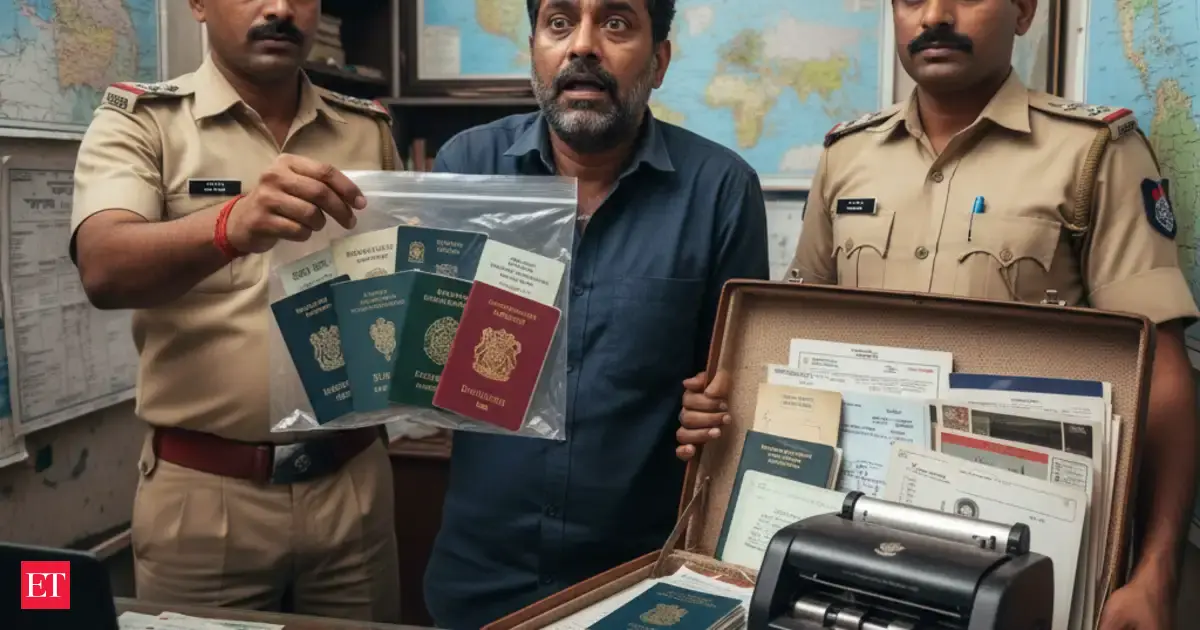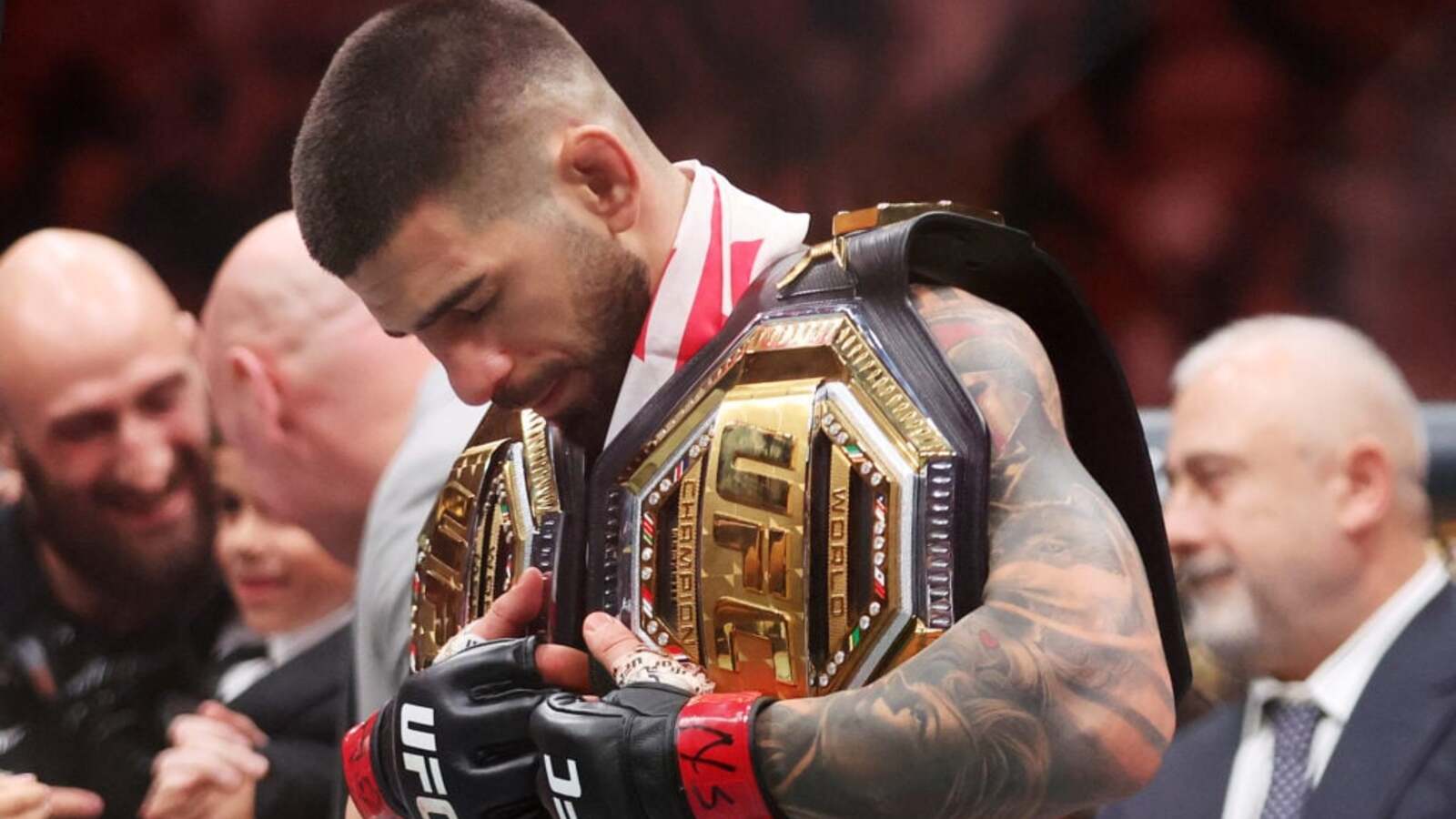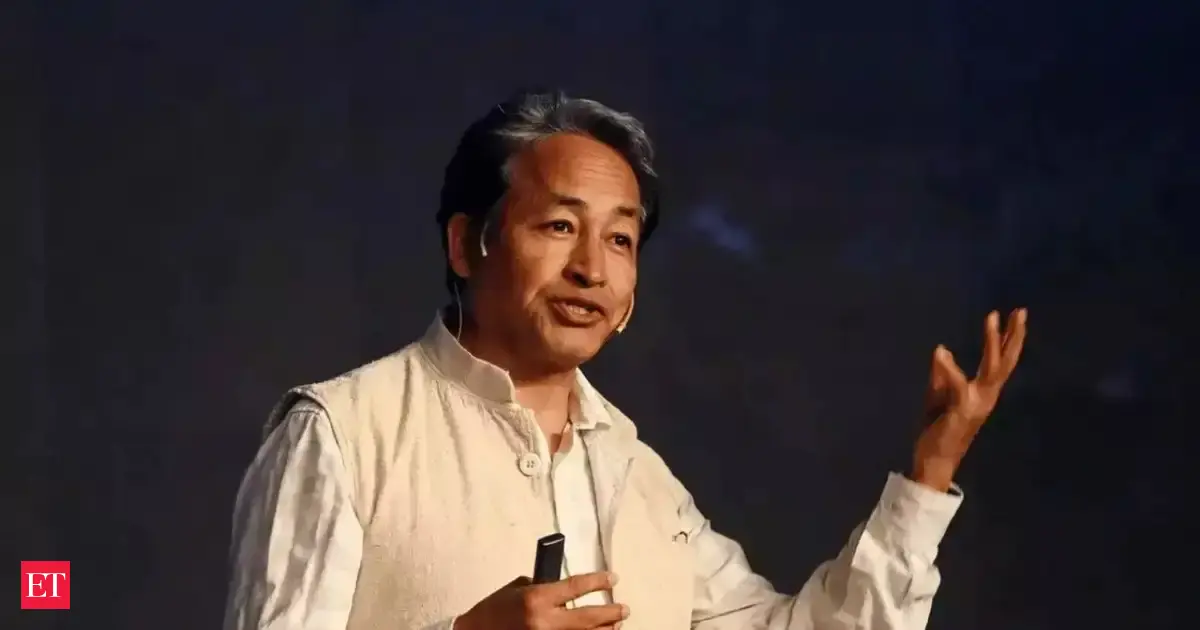Copyright AL.com

About a year after rapper Tupac Shakur’s 1996 murder, Bruce Hornsby received a parcel in the mail. It was from the foundation bearing Shakur’s name. “And so obviously, I’m opening this up, curious,” recalls Hornsby, singer/songwriter/pianist with hits like “Mandolin Rain,” “The Valley Road” and “Every Little Kiss.” Inside the parcel, a cassette tape. Hornsby popped the cassette into a tape player. Pushing play, he heard a track with Shakur rapping some new lyrics over “The Way It Is,” a No. 1 hit by Hornsby and his then backing band, called The Range, in 1986. The original “The Way It Is” is known for its socially conscious lyrics and Hornsby’s bittersweet piano hook. Along with the tape the Shakur Foundation sent, there was a note. They planned to use Tupac’s version, titled “Changes,” as the first single off the slain rapper’s 1998 double-disc “Greatest Hits” collection. And they were reaching out to work out the publishing splits. The business side of it. “So I listened to the cassette,” Hornsby tells me during a recent phone interview. “It was a way sort of dirtier version, a lot of the N-word used in that. But they cleaned it up because it was the single to great effect. And I thought it was great. I loved what he did with it. ‘The Way It Is’ had been recorded by rappers before Tupac, but his was probably the greatest version and clearly the most notable by a mile.” Hornsby’s 40-plus career is filled with stories like this. Of him being part of other stars’ hits and crucial moments. As enduring as Hornsby’s own classic material is, it’s only half his story. For example, he wrote music for and played piano on Don Henley’s poignant top 10 hit “The End of the Innocence” from 1989. Born and raised in Virginia, Hornsby played basketball in high school. In college, he played keyboards in a band doing jam-band covers. Because he was immersed in that music and jazz, he’d missed out on the heyday of the Eagles, the ‘70s country-rock band Henley rose to fame with. “But in the 80s,” Hornsby says, “when I turned my focus more and more to the songwriting area, I was a fan of Don’s. I loved ‘Boys of Summer,’ of course, a fantastic record. He called me out of the blue and asked me if I’d be interested in writing a song with him. So that was an easy yes for me.” Henley came over to Hornsby’s house in Van Nuys, California. They sat around an upright piano fooling around with song ideas. Didn’t come up with anything that got them excited, though. As Henley was leaving, Hornsby mentioned he’d been working on some music but didn’t like the lyrics he had for it. Hornsby would record those piano parts, and Henley could come back over to the house next week and see if he’d be into writing to that. Hornsby says when Henley returned and heard the demo, “He went, ‘Wow, yes, please let me take it away right now.’ And he was driving from my house back up to his house on the top of Mulholland Drive. “He had had one of the early cell phones, this was ’87, and he called me from his cell phone about maybe five minutes after he left and said, ‘Oh my God, I’m passing these farms, these fields and farmhouses’, because there was still a little rural quality to where we were living in Van Nuys at that time, ‘and I’m listening to this music you’ve given me and I’m just flooded with ideas.’” After Henley got home, he called Hornsby again, saying he’d already written about half the song’s lyrics. “We recorded it maybe later that year,” Hornsby says. “Don’s a very deliberate record maker, as a lot of us are.” “The End of the Innocence” became the lead single and title track to Henley’s mega-selling next solo album. Henley wasn’t the last classic-rock legend to call on Hornsby’s considerable talents. He played piano on blues guitarist turned pop hitmaker Bonnie Raitt’s stirring 1991 smash “I Can’t Make You Love Me.” He also collaborated with Stevie Nicks, Bob Dylan, Leon Russell and Crosby, Stills & Nash, among others. Before things took off for Bruce Hornsby and the Range, Hornsby was a member of pop seductress Sheena Easton’s touring band. “Oh, I loved Sheena Easton,” Hornsby says. “I was the teacher’s pet. She was a fan of my music before I got signed and a fan of it afterwards.” He can be seen in classic music videos for Easton hits like “Sugar Walls” and “Strut.” Hornsby says, “I’m seen looking rather hilarious and idiotic in a couple of her videos wearing sunglasses and flopping around. So if you’re in a bad mood, you want to see someone looking like a clown on MTV, look up those old Sheena Easton videos.” In 1992, Hornsby became a touring member of the Grateful Dead, after that iconic band’s then keyboardist, Brent Mydland, passed. The Dead’s guitarist Jerry Garcia, bassist Phil Lesh and the band’s de facto manager, Cameron Sears, asked Hornsby to join full-time. He’d sat in with the band previously. His own career was zooming though. Bruce Hornsby and the Range’s debut album had gone multi-platinum, spawned multiple hits and garnered a Grammy. “I said, look, I’d have joined your band and lived happily ever after doing that,” Hornsby recalls, “if you had gotten to me about three or four years ago. But now we’ve got this thing going fairly solidly on our own. And so I can’t just blow that off because this Grateful Dead thing is a full-time gig.” Hornsby said he’d be glad to perform with the Dead on an interim basis while they found a permanent keyboardist. Garcia and Co. understood and took him up on the offer. “And they were buying me out of gigs to get me to play with them,” Hornsby says. “It was just quite a time. I went in there winging it off the street with no rehearsal for five nights in a row at Madison Square Garden. So that was quite daunting but quite enjoyable.” Hornsby toured with the Dead from fall ’90 to spring ’92. He’d later make guest appearances with the band and some of the members’ solo projects. Garcia returned the favor, playing guitar on Hornsby’s albums. “He played on every record from the time I knew him till he passed,” Hornsby says. Even after Garcia died in 1995, they made music together, as Hornsby sampled Garcia’s sauntering “China Cat Sunflower” lick on a track. “So, yeah, Garcia and I shared a beautiful musical simpatico,” Hornsby says wistfully. As an instrumentalist, Hornsby is rightfully known for his expressive and tuneful piano playing. Other instruments have factored into his career. He’s played accordion, including some with the Dead. Going back to “The Way It Is,” Hornsby played synth bass on an Oberheim OBX, the same keyboard Eddie Van Halen used on “Jump” and Stevie Wonder favored. It gave Hornsby’s otherwise timeless-sounding track contemporary appeal. In the last 10 years, he’s written around 25 songs on dulcimer and released an entire album of dulcimer music, 2016’s “Rehab Reunion.” In recent years, Hornsby’s collaborated with indie-rock stars like Bon Iver (aka Justin Vernon) and members of The Shins, Vampire Weekend and Haim. His latest albums include 2022’s ‘Flicted,” 2020’s “Non-Secure Connection” and 2019’s “Absolute Zero.” “I’ve just gone to a different place,” Hornby says, “and a more exploratory, adventurous place in my music. And it’s always been in there, but it’s just sort of been fully flowering the last eight to 10 years.” Hornsby’s arc has all the makings of a riveting rock memoir. He says he’s written “pages and pages” of notes for a potential book. “I’ve got lots of funny stories, but soulful stories too. So yeah, maybe I’ll get around to it.” In the meantime, Bruce Hornsby will be busy living new chapters.



